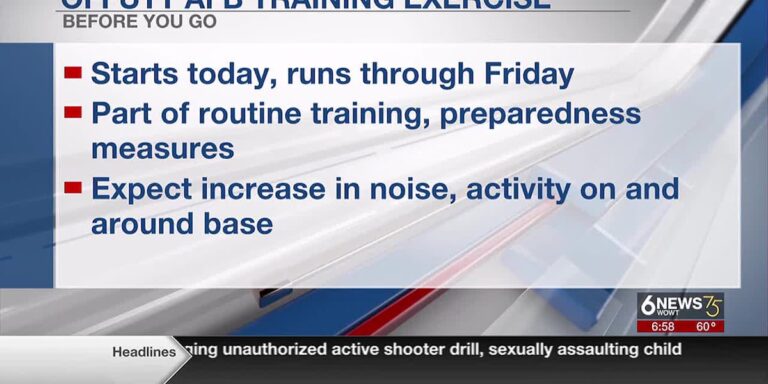Chapter 1: Embracing Skepticism: The First Step to Self-Improvement : A Self-Improvement Challenge for the Skeptical
Skepticism is often seen as a negative trait, a barrier that prevents people from embracing new ideas and opportunities. However, when it comes to self-improvement, skepticism can be a powerful ally. By questioning the status quo and demanding evidence for claims, skeptics are better equipped to navigate the vast landscape of self-help advice and identify strategies that truly work.

The Value of Critical Thinking
Critical thinking is the cornerstone of skepticism. It involves analyzing information, evaluating evidence, and making reasoned judgments. In the context of self-improvement, critical thinking allows you to assess the validity of various techniques and approaches. Instead of blindly following trends, you can make informed decisions based on solid evidence.
Avoiding the Pitfalls of Quick Fixes
The self-help industry is rife with quick fixes and miracle solutions that promise instant results. From fad diets to get-rich-quick schemes, these approaches often fail to deliver on their promises. As a skeptic, you’re less likely to fall for these traps. By demanding evidence and scrutinizing claims, you can avoid wasting time and resources on ineffective methods.
Building a Foundation of Evidence-Based Practices
One of the key themes of this book is the importance of evidence-based practices. This means relying on strategies that have been scientifically proven to be effective. Throughout this chapter, we’ll explore various evidence-based techniques for self-improvement, including cognitive-behavioral therapy (CBT), mindfulness, and goal-setting theories. By understanding the science behind these practices, you can adopt methods that are more likely to lead to lasting change.
Challenging Your Own Beliefs
Being a skeptic doesn’t mean being closed-minded. In fact, it requires a willingness to challenge your own beliefs and consider new perspectives. This chapter will guide you through exercises designed to help you question your assumptions and explore alternative viewpoints. By doing so, you can identify any limiting beliefs that may be holding you back and develop a more flexible, open-minded approach to personal growth.
Developing a Healthy Skeptical Mindset
A healthy skeptical mindset balances doubt with curiosity. It involves being open to new ideas while maintaining a critical eye. This chapter will provide tips on how to cultivate this mindset, including how to seek out reliable sources of information, ask the right questions, and engage in constructive skepticism. By developing a healthy skeptical mindset, you can become more discerning in your self-improvement journey and make more informed choices.
Practical Exercises and Challenges
To help you embrace skepticism as a tool for self-improvement, this chapter includes practical exercises and challenges. These activities are designed to help you apply the concepts discussed in the chapter and integrate them into your daily life. From evaluating self-help resources to questioning your own beliefs, these exercises will help you develop a more critical, discerning approach to personal growth.
In summary, embracing skepticism is the first step to effective self-improvement. By adopting a critical mindset, avoiding quick fixes, and relying on evidence-based practices, you can create a solid foundation for lasting change. In the next chapter, we’ll explore how to define your own unique version of awesome and set personal goals that are meaningful and achievable. Let’s continue this journey together and discover what it truly means to be awesome.







